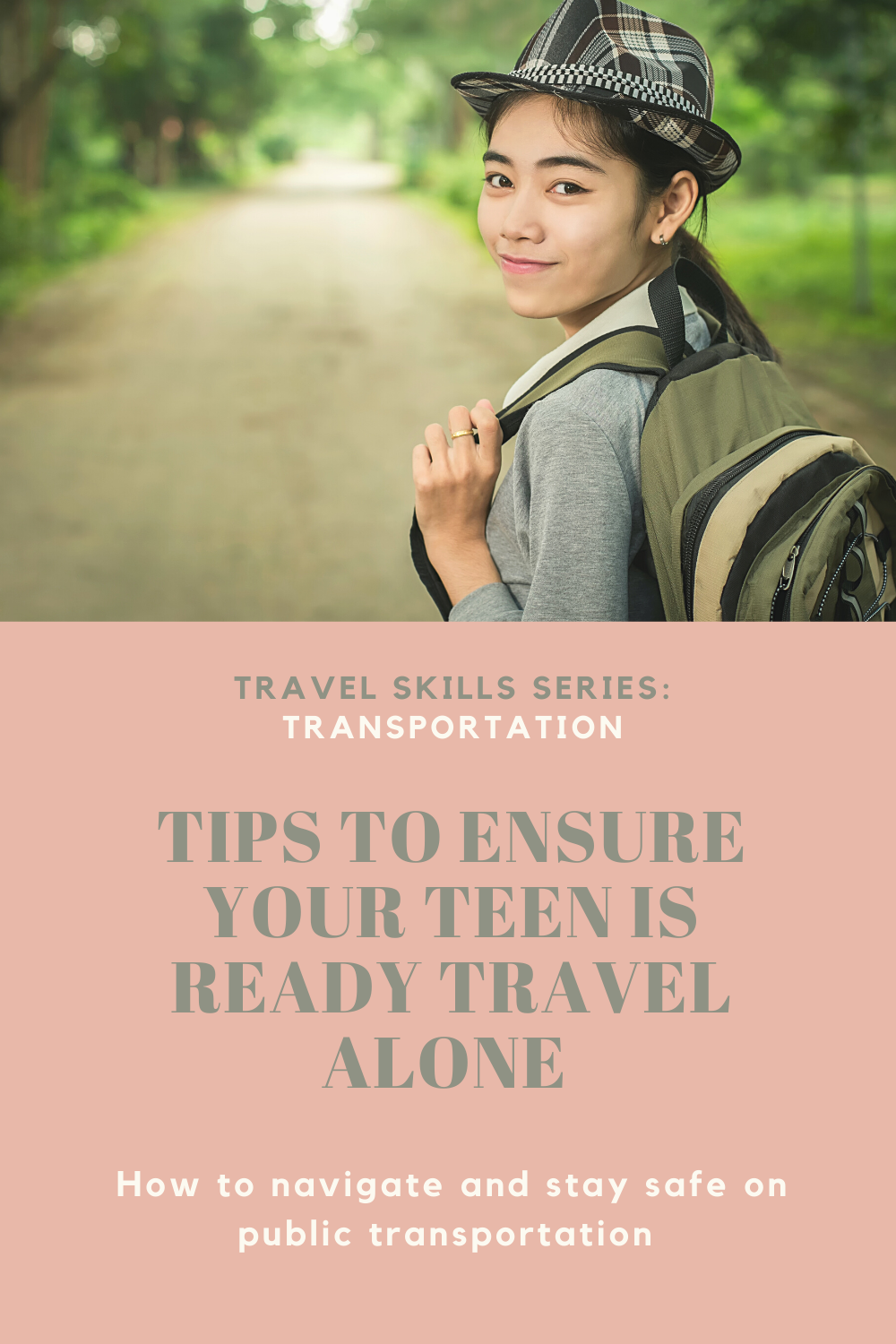Traveling with Teens | Travel Life Skills Series | Transportation
In this series, we are discussing all the crucial life skills that are essential to teach our teens how to navigate the world on their own.
If you miss our first conversation about money, check it out here.
Today, let’s talk transportation.
On our recent trip to Boston, it dawned on me that getting around in a big city is a lot different than driving in the ‘burbs and chances are if my kids were left on their own to navigate a big city, they might struggle.
Lucky for them, I grew up outside of Boston, worked in NYC for two years and Seattle for one, so public transportation is kind of my jam.
Sure jumping on a train or bus and letting someone else do the navigating is a great way to get around but there is a skill to it and like most things in life, it takes practice and mistakes are common.
We all know you just can’t jump on any train and hope for the best but having a basic knowledge of how to get around on public transportation can eliminate a lot of fear and hesitation.
Teaching our kids to navigate public transportation involves:
Reading maps. Sure, they are learn which train or bus to take using the map on their phone BUT it’s important to pay attention to the “lines” within the route to be sure they get on the right train and to understand which direction they are headed so they get on the right train or bus. In addition to that, it’s so important to know which direction you are going; uptown, downtown can make a huge difference and if you go to the wrong platform it’s not always as easy as going up a flight of stairs to switch. This advice comes from someone who just made that mistake this weekend!
Understanding express vs. local. If you get on the wrong one, you are either going to waste time or miss your stop. It’s often common for express and local runs to operate at different times of the day, depending on demand and traffic.
How to pay for a ticket. Each form of transportation is different. Some you need prepaid tickets, some you need tokens, others cash, others apps. It’s important to know before you board, have the correct payment and have a way to pay for said tickets. Keeping your payment card in a safe spot is also key, if you lose them, they are not replaceable so it’s like losing cash.
We were just in NYC and they are using OMNY, a mobile app for tickets now. If dowloaded, you can use.this app and your watch or phone to ride the subway and busses.
How to request a stop on a bus. Sometimes busses don’t stop at every stop unless the driver is aware. Getting over the fear of requesting a stop is key to getting off in the right place. Knowing where your stop is important. No one on the bus will mind if you request your stop (they have to do it too) but you want to avoid requesting the wrong one if possible. Chances are if you do make a mistake, someone will cover you by getting on or off the bus too!
Having good manners. On public transpiration, it’s important to have good manners. Always give your seat to a pregnant woman elderly person, mom with multiple kids or anyone that needs extra assistance or would be safer sitting. No loud music or conversations. Avoid man-spread and eating. Say excuse me if you need to get by and don't eat on the bus or train. Not only is it not the most sanitary place to eat but crumbs, chewing noises and trash are not appreciated by most.
Pay attention to avoid theft. Esp. in foreign countries those that are consumed in their phones and not looking around are MUCH more likely to get pick-pocketed. They’ll bump into you and before you know it, your wallet is gone. After spending the last five days on the subway, I’m amazed by how everyone was consumed by their phones. Not paying attention can also lead to missed stops, seeing a situation before it unfolds or simply missing an opportunity to see what’s around you.
It’s ok to ask for help. Some terminals and systems are confusing. They all run a little differently and quite often there are notices and updates regarding changes, construction or maintenance. Look for an employee or ask a person around you. I’ve never been in a situation where someone was not wiling to help. Bus drivers, train operators and station attendants know the routes better than anyone so it’s ok to ask for help.
I recently made a mini-post about this topic on my IG page and I heard from many adults that they don’t know or feel comfortable navigating public transportation and that surprised me. I understand it, especially if you have never lived in a big city with a great transit system (case in point; my kids in Atlanta) but everyone can learn how to do it. With a little time and practice, it can actually be a fun experience. I hope these tips help!
Tell me below, do you have a favorite subway? NYC Subway, Boston T, London Underground?
Encouraging teens to celebrate new freedoms and explore safely!
Teens should also know how to handle money when traveling on their own, the next post in this series covers everything they need to know! Read it now.
Save this to Pinterest for easy reference in the future!




